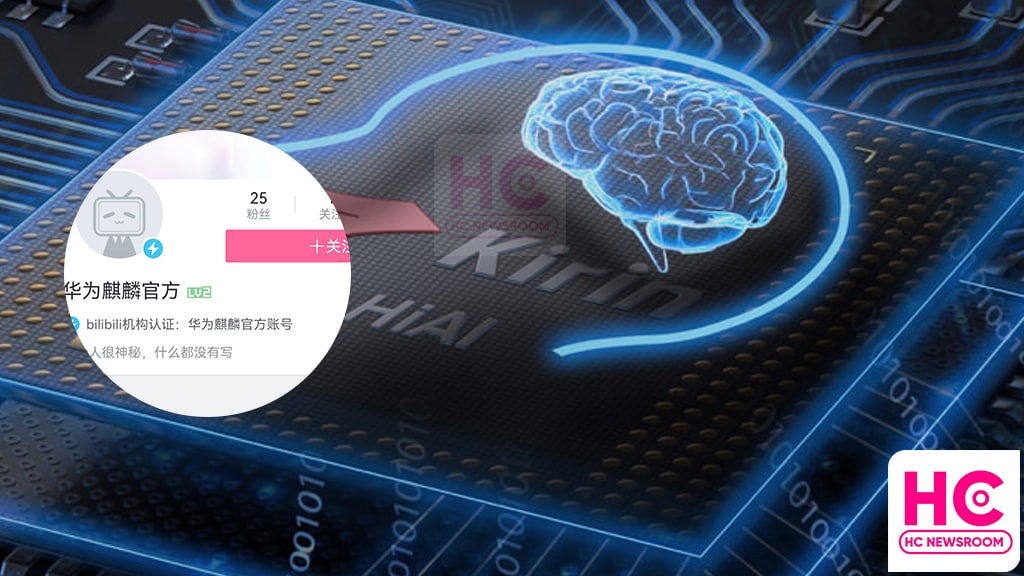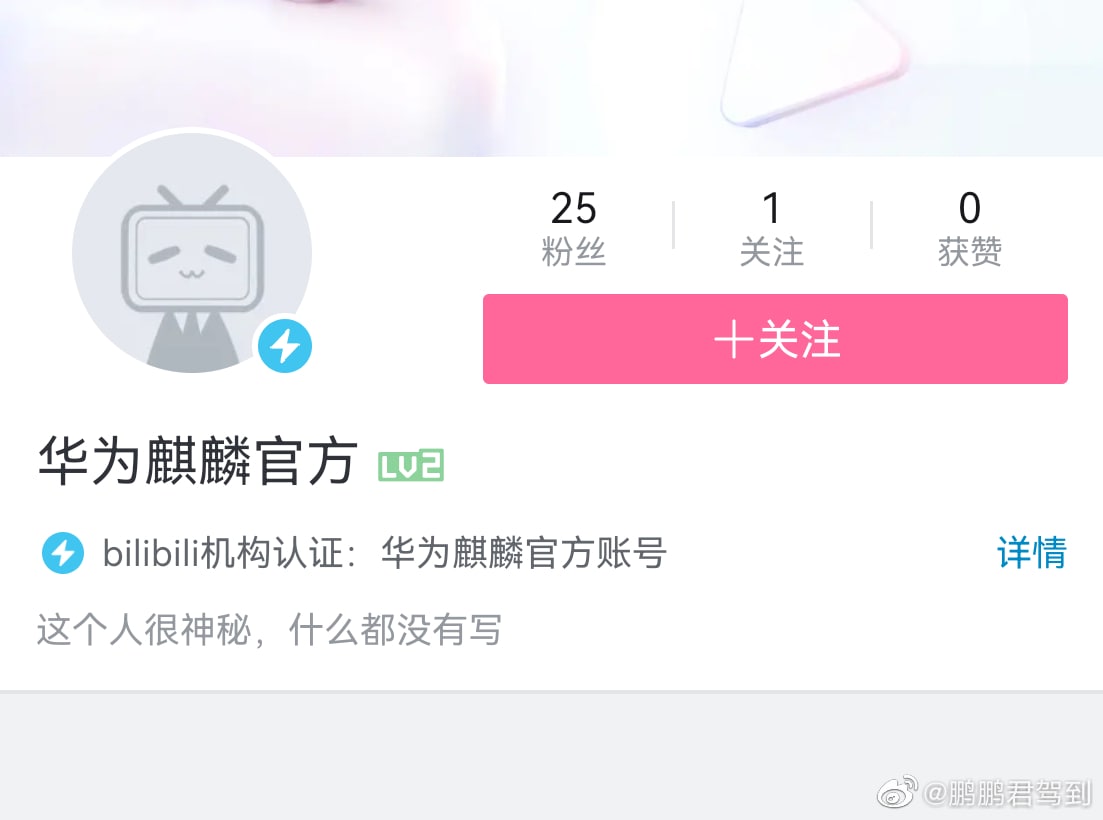News
Huawei Kirin enters Chinese video platform, returning soon?

Yeah, it’s interesting news, as Huawei Kirin chipset has registered on China’s largest video-sharing platform, BiliBili. However, there’s no new video posted on the channel yet.
However, Weibo users are rounding havoc over why Huawei Kirin entered the Chinese video platform and what could be the purpose of this new signup.
Currently, Huawei has not confirmed any information on this matter but there’s more to know.

Kirin:
Huawei’s official chip designer, HiSilicon has been making Kirin designs since 2004. Since then, the company is printing chipsets from TSMC or other chipset manufacturers.
Also, these chipsets are designed especially for Huawei smartphones and not for third-party devices. As the company evolved, it has designed chipsets for services, AI machines, and other business-oriented terminals.
Throughout the year, the company kept on advancing chipset designs and in 2020, Huawei launched Kirin 9000, a 5nm mobile chipset and the last in Kirin’s arsenal.
Kirin chips currently include two categories: Flagship and mid-to-high range including Kirin 9000, 9000E, 990 5G, 990, 980, 970, 960, 950, 930, 920, 910. On the other hand, the mid-to-high-end Kirin chipsets are Kirin 985, Kirin 820, Kirin 810, Kirin 710, Kirin 650, Kirin 620, and more.

Back in 2019, Huawei was banned using a U.S. entity list and after that, it cannot buy new U.S. technologies including chipsets. However, the company has later been banned from printing new chip designs via Taiwan’s TSMC.
Later on, Huawei had to stop making new chipsets and announced the end of Kirin but HiSilicon is continuing research on new designs.
In the wake of reduced inventory, Huawei started using Qualcomm‘s mobile processors and featured them on P50, and Mate 50 as well as other budget smartphones. As we can expect it to be in trend until next year.
Still, Huawei is bound to remain on the 4G network due to the lack of R.F. chips, which are essential to enable 5G in smartphones. However, new efforts are being made to resolve Huawei’s issues.






